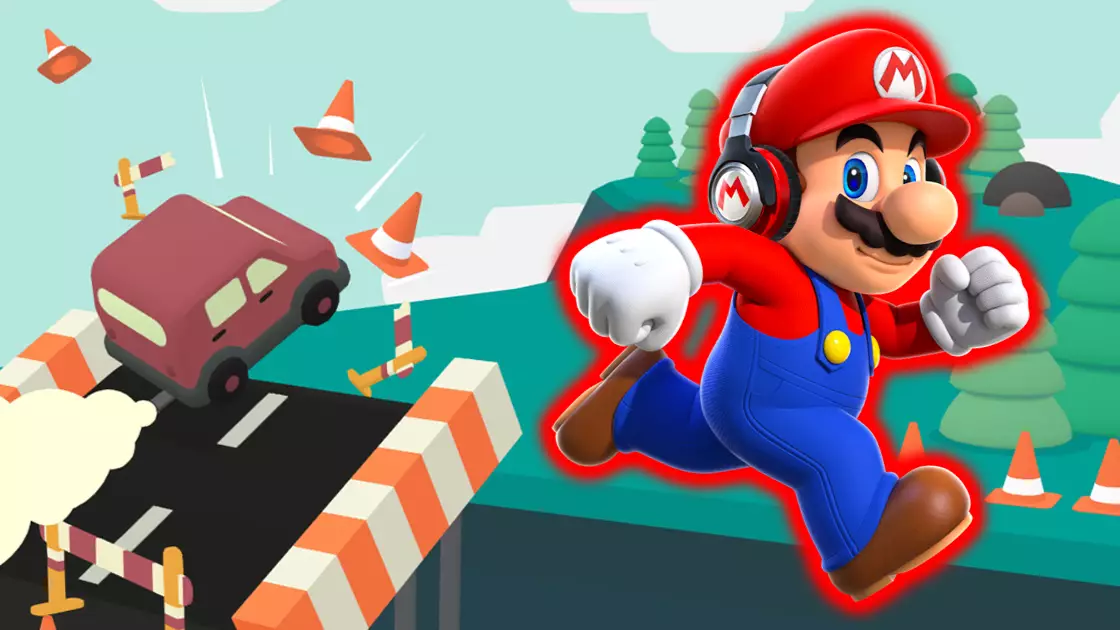
Today, mobile phones are ubiquitous in society, from affluent metropolitan areas to developing countries. These mini-computers in our pockets can do almost anything, and one thing that they can do very well is play video games. The mobile gaming market is one of the biggest in the world, and one whose revenue is measured in days, not months. Yet mobile gaming is often characterised by things like insidious microtransactions and misleading, questionable advertising.
But despite these negative stereotypes, the mobile gaming market is stronger than ever before. Mobile gaming accounts for 45% of the total global market and is worth $68.5 billion dollars (around £52.4bn). That is a huge amount of money, being made by a single sector of the industry - so why do a lot of gamers continue to write mobile gaming off entirely?

A lot of the apparent stigma that mobile gaming has, and that gamers hold against it, has to do with some of the higher-profile games that have become popular on the platform. Players more used to console and PC gaming balked at the success of titles like Candy Crush Saga and Angry Birds, games that are easy to pick up, play a few levels, and then put down again. Other forms of gaming tend to encourage longer play sessions, and certain genres - like puzzle titles, which the Candy Crush franchise is certainly part of - are seen as "lesser" than, say, a first-person shooter.
Advert
But mobile gaming targets a much larger demographic than AAA gaming. While series like Call of Duty are mainly aimed at men in a specific, typically young age demographic, mobile games are made for people of all ages. And the revenue that selected mobile games enjoy reflects the benefits of creating games for everyone.
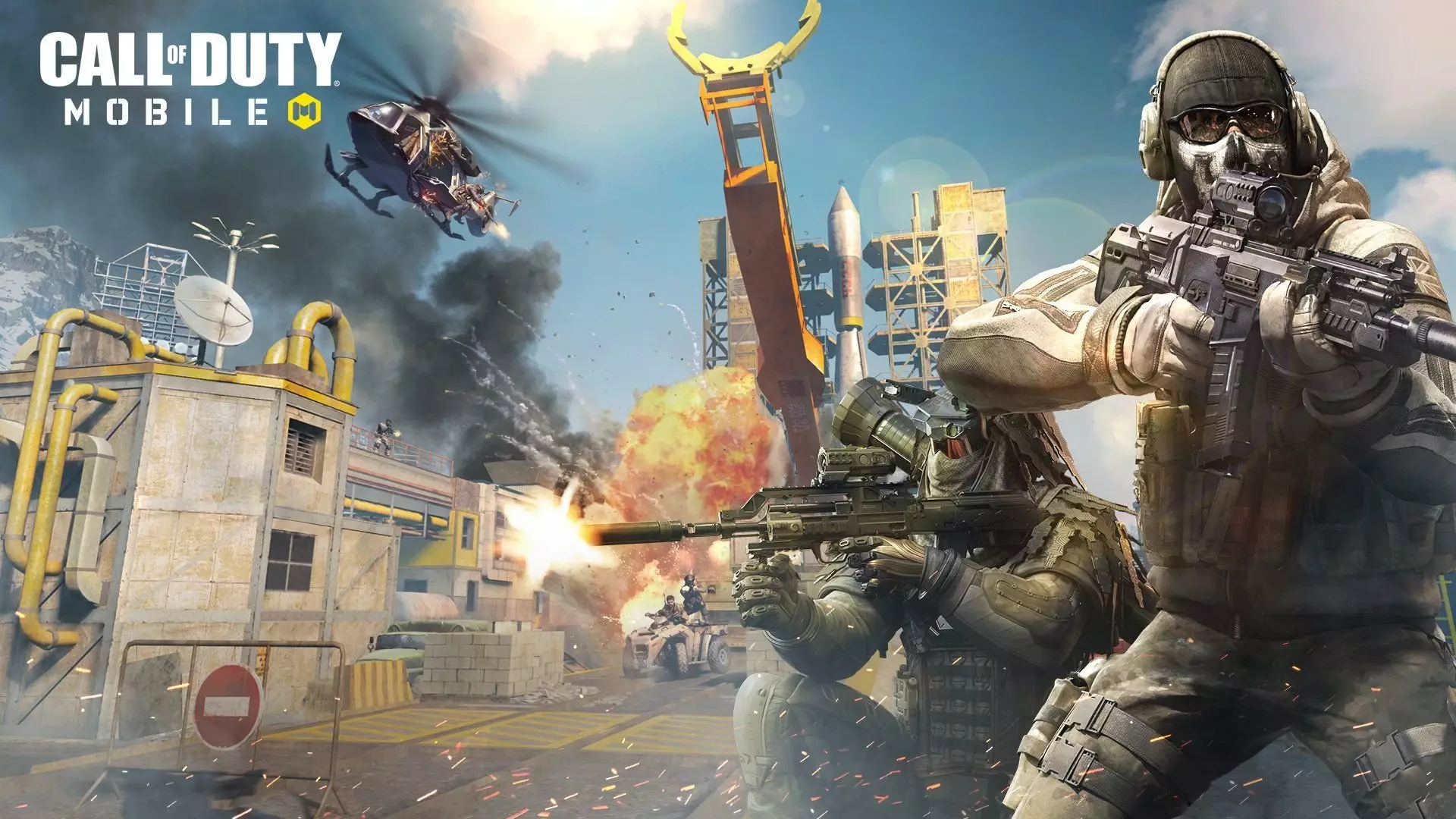
But that isn't to say that mobile companies aren't trying to appeal to the more, let's say, hardcore gaming audience. Supercell, creator Clash of Clans and other popular spin-off titles, created a whole esports league for Clash Royale, with live production values that could easily rival other multiplayer leagues and finals.
Wildly popular games like Fortnite and PlayerUnknown's Battlegrounds have made the jump to mobile, and for PUBG it proved massively successful. Activision subsequently teamed up with Tencent to create a new mobile Call of Duty title, which made $87 million in just two months and went on to become the biggest launch in mobile gaming history.
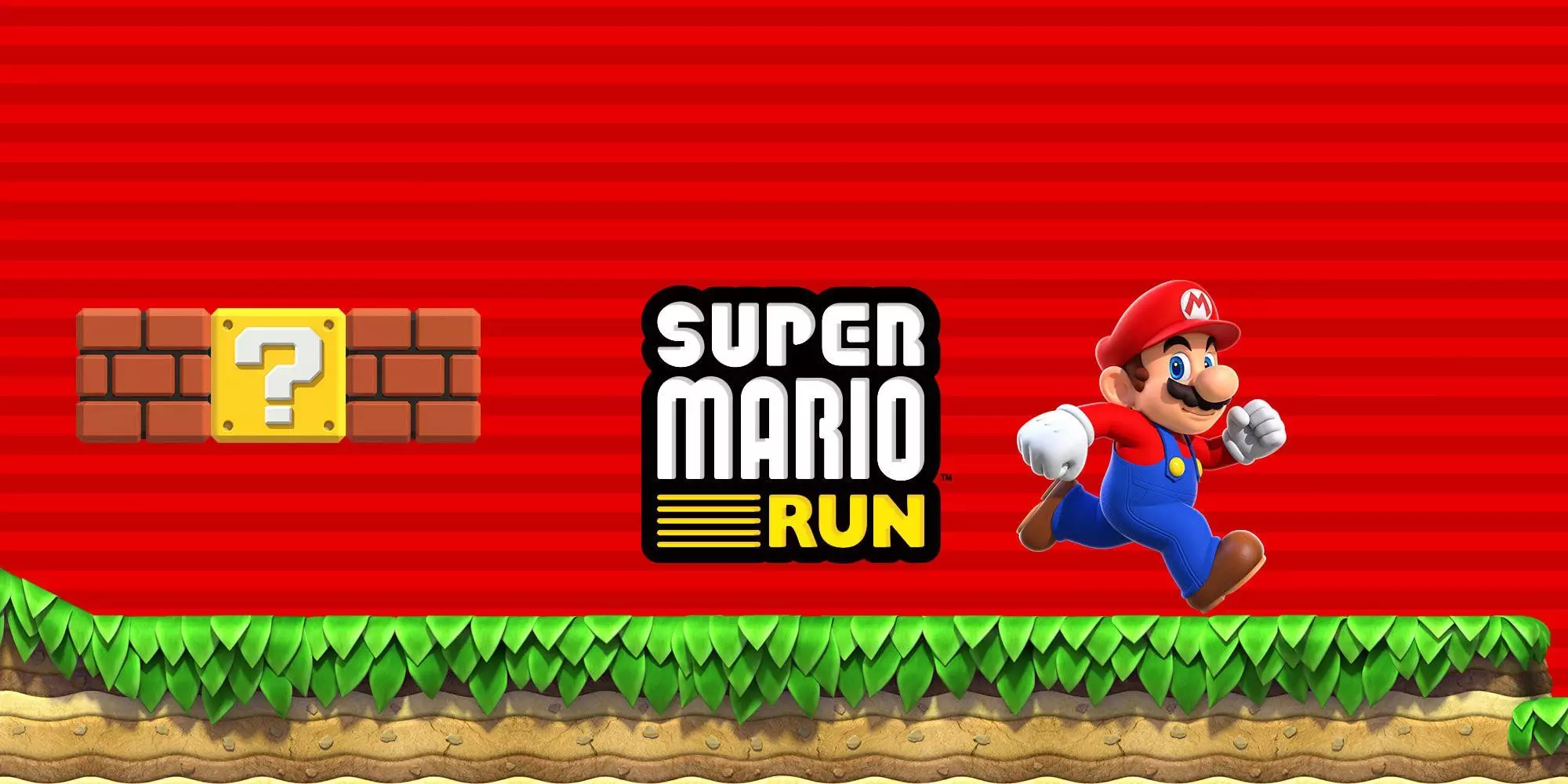
One big factor behind the success of mobile gaming is that the same stigma attached to it in the West simply isn't present in Asian territories. Indeed, mobile gaming is by far the most popular form of gaming in Asian countries. Mobile titles in Japan and China receive just as much marketing and excitement as the latest big PlayStation 4 release, perhaps even more so.
Advert
More traditional gaming companies are starting to take notice, too. Nintendo has been dipping its toes in mobile gaming with a few different models. While generally liked by critics and players alike, as a premium title Super Mario Run fell fairly flat in commercial terms; but games like Fire Emblem Heroes and Mario Kart Tour have made the company a hefty amount of money by adopting a freemium approach featuring in-game purchases.
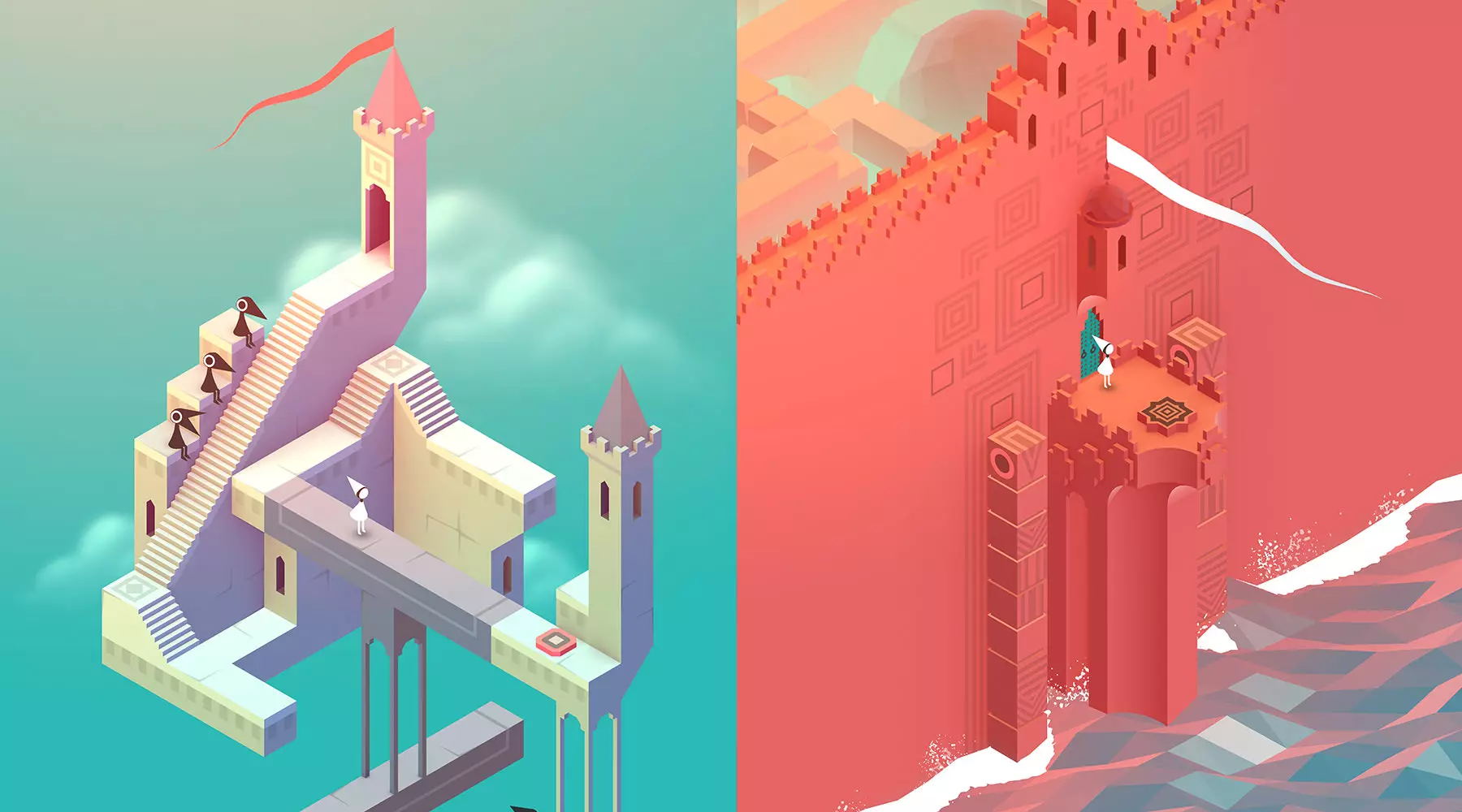
Unlike Nintendo, Microsoft is taking another, more ambitious approach with mobile gaming. With its xCloud service, gamers can hook up their controller and stream Xbox games right to their phone. While xCloud will likely require a good phone signal or WiFi connection, it's really no different than a lot of other mobile titles that require a consistent connection to play.
But there is still one big problem when it comes to mobile gaming. Since so many games are free-to-play, actually charging for titles tends to be more difficult on the mobile platform. Some premium titles, such as ustwo's beautiful puzzler Monument Valley, see a great deal of success in spite of players having to pay upfront. But for many other developers, like Nintendo's approach with Super Mario Run, the competition of a free, ad-filled alternatives to their games is hard to compete with.
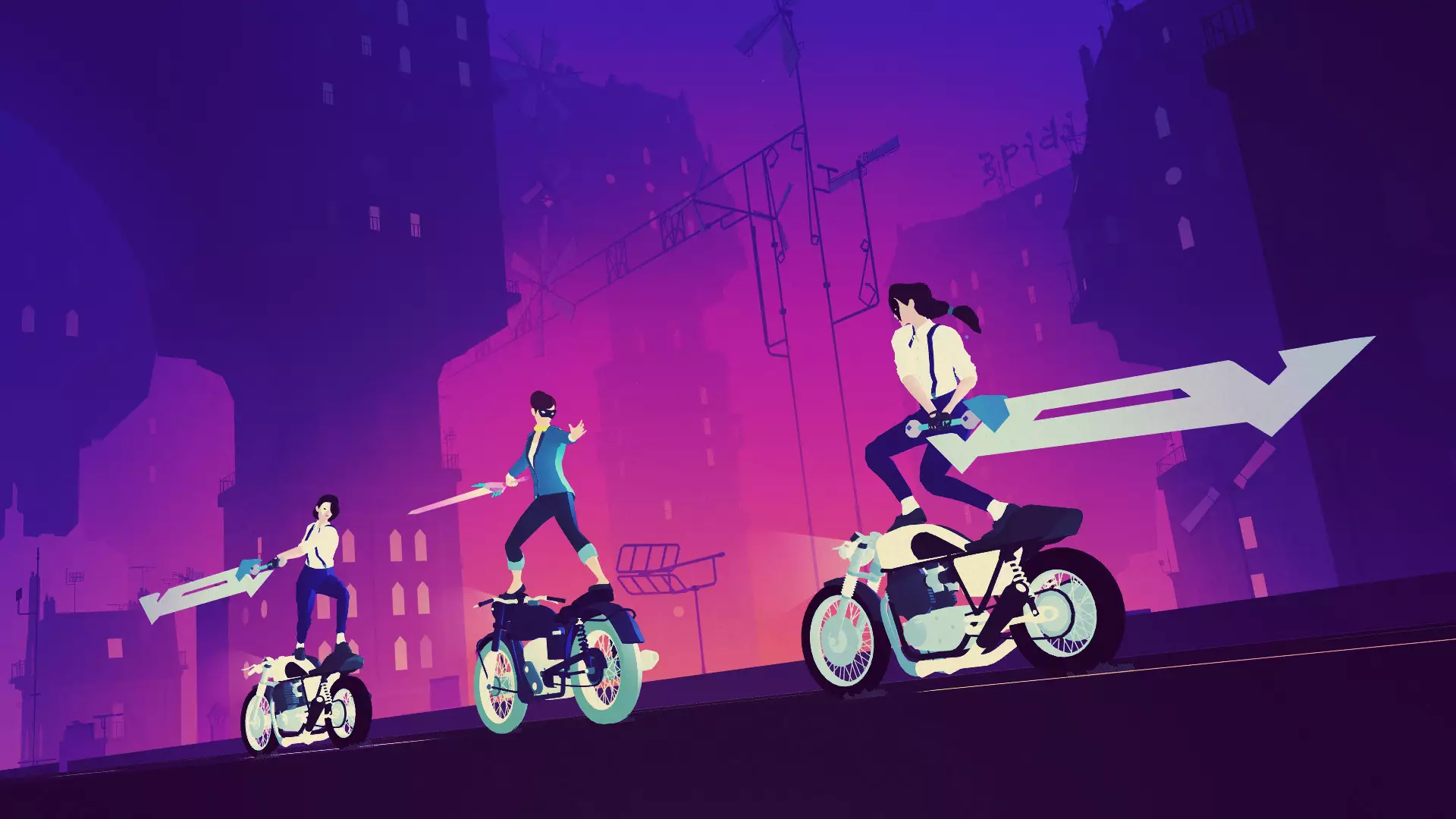
Last year, though, Apple thought of a great solution: Apple Arcade. For a small monthly subscription, players get access to a large variety of premium games like Sayonara Wild Hearts (one of our top games of 2019), What the Golf? (pictured, main - Mario not included) and Where Cards Fall, without ads and without needing to buy them separately. This allows people to be able to play games that are closer to what they're used to with other gaming platforms: no ads, no microtransactions, just some (often very good) mobile video games. It's a very similar model to Xbox's Game Pass, although not as extensive, yet.
Advert
With Google jumping on the train too, with Google Play Pass, it seems these subscription services are the future of mobile gaming. Unlike the free-to-play, pick up and put down whenever mobile gaming of the past, Apple Arcade and Google Play Pass bridge the gap between more traditional gaming experiences, titles crafted with genuine care and without any shameless prioritising of in-app sales, with the accessibility that many mobile gamers prefer.

And this is what ultimately makes mobile gaming so successful, and why it demands to be taken seriously as a platform - its amazing accessibility. Console and PC gaming requires often prohibitively expensive hardware to enjoy; but smartphones are more or less in everyone's pocket nowadays. Most big game releases sell for $60/£50, but premium, microtransaction-free mobile titles are rarely above $15/£10.
There are, of course, some hurdles mobile platforms need to overcome in order to truly prosper. Currently, it can be hard for specific titles to stand out in a sea of similar and subpar apps, a situation not unlike the current state of Steam. While some games are a bit heavy-handed with microtransactions, others are downright predatory. Apple and Google have attempted to fight back against bad loot boxes and microtransactions, but these nefarious practices have even bled into console and PC gaming, and the industry as a whole is still struggling to find a solution for disgruntled consumers.

Mobile gaming is already the most popular platform in many countries, and it's only a matter of time before the US and European countries catch up. While mobile games will never be able to fully replicate experiences like Red Dead Redemption 2 or The Witcher 3 - although, there's always the Switch for the latter - there are plenty of high-quality mobile games of every genre to enjoy. We've seen mobile-only experiences like Florence, Pokémon GO and Monument Valley - and others that debuted on mobile, like 80 Days and Lara Croft GO, win major industry awards, in categories also featuring PC and console releases, and it's only reasonable to assume that this trend will continue.
Advert
But with smartphones, gaming is more accessible than ever before, and those that invest wisely in the platform are rewarded in huge sale numbers and app downloads. Mobile gaming has a bright future ahead of it, and as subscription models mature and cell phone signals get more reliable, it'll be easier than ever to boot up a game wherever you are. So it's time to shake off your prejudice, and get with the gaming times: mobile play is getting bigger and better, so you're losing out if you don't welcome it into your gaming life.
Words: Elizabeth Henges
Featured Image Credit: Triband/NintendoTopics: Mobile Games, Super Mario Run, Call of Duty, Indie Games